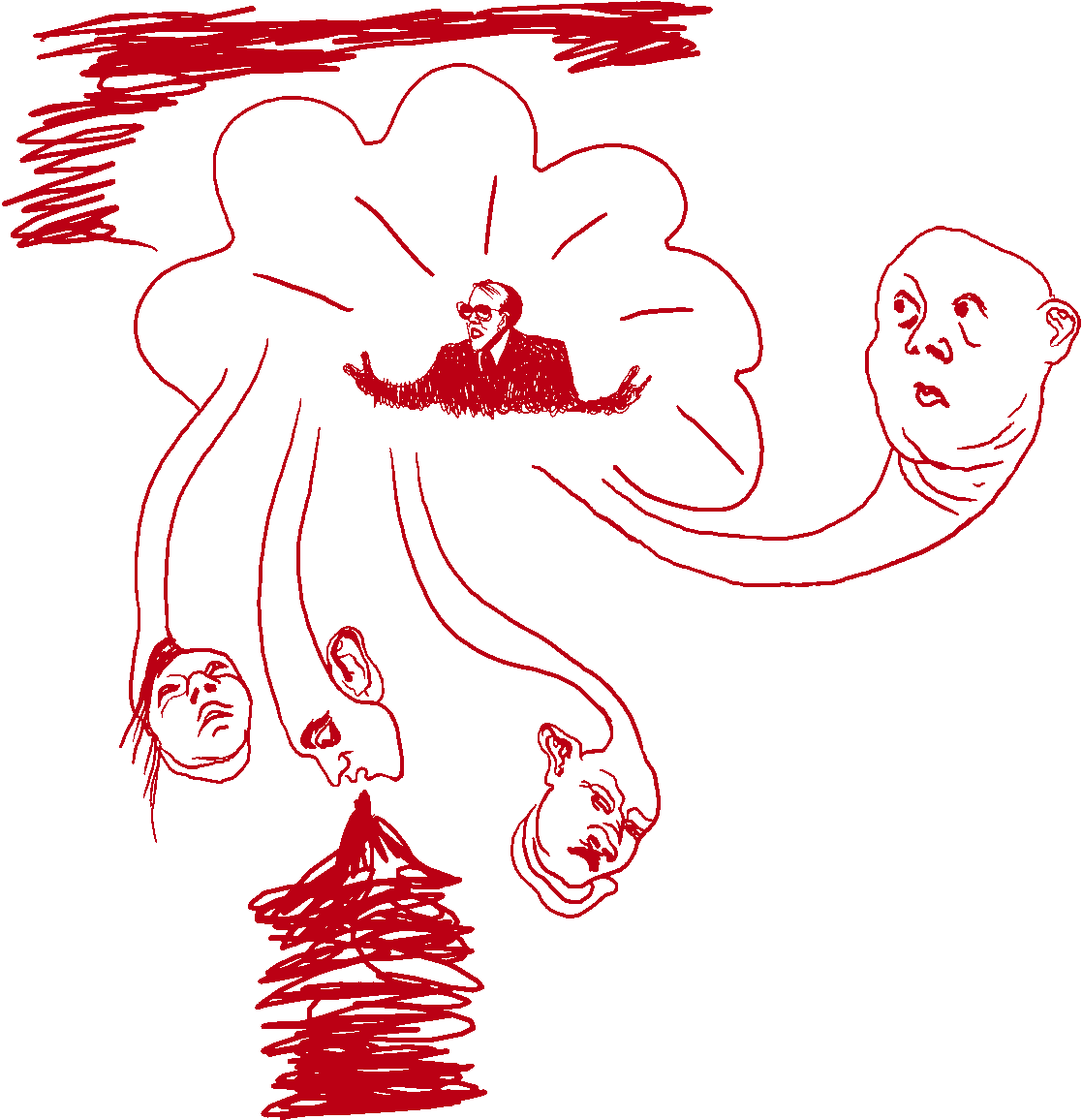Editor’s Note: Call to Earth is a CNN editorial series committed to reporting on the environmental challenges facing our planet, together with the solutions. Rolex’s Perpetual Planet Initiative has partnered with CNN to drive awareness and education around key sustainability issues and to inspire positive action.
With its silky orange mane and wide-eyed glare, the golden lion tamarin might not seem out of place as a character in a Dr Seuss book.
Lion tamarins, small monkeys found in eastern Brazil, were described as "beautiful, simian-like cats similar to small lions," by Antonio Pigafetta, one of the explorers on the first voyage to successfully circumnavigate the Earth in 1519.
Half a millennium later, the golden lion tamarin has become something of a local celebrity – featuring on a Brazilian postage stamp and the country’s 20 real banknote.
Yet despite its popularity, the species is under threat. Its native habitat, the Atlantic rainforest in the state of Rio de Janeiro, has been reduced to just over 7% of its original size. Of that, 80% is highly fragmented, and most patches are too small to support healthy golden lion tamarin populations. Alongside capture for the pet trade, this drove the species to the brink of extinction; by the 1970s as few as 200 individuals remained in the wild.
However, through coordinated reintroduction programs, vaccination schemes and initiatives to reconnect fragmented habitats, the golden lion tamarin has made an impressive comeback. The IUCN changed its status from critically endangered to endangered in 2003, and the most recent census estimated 4,800 wild individuals.











